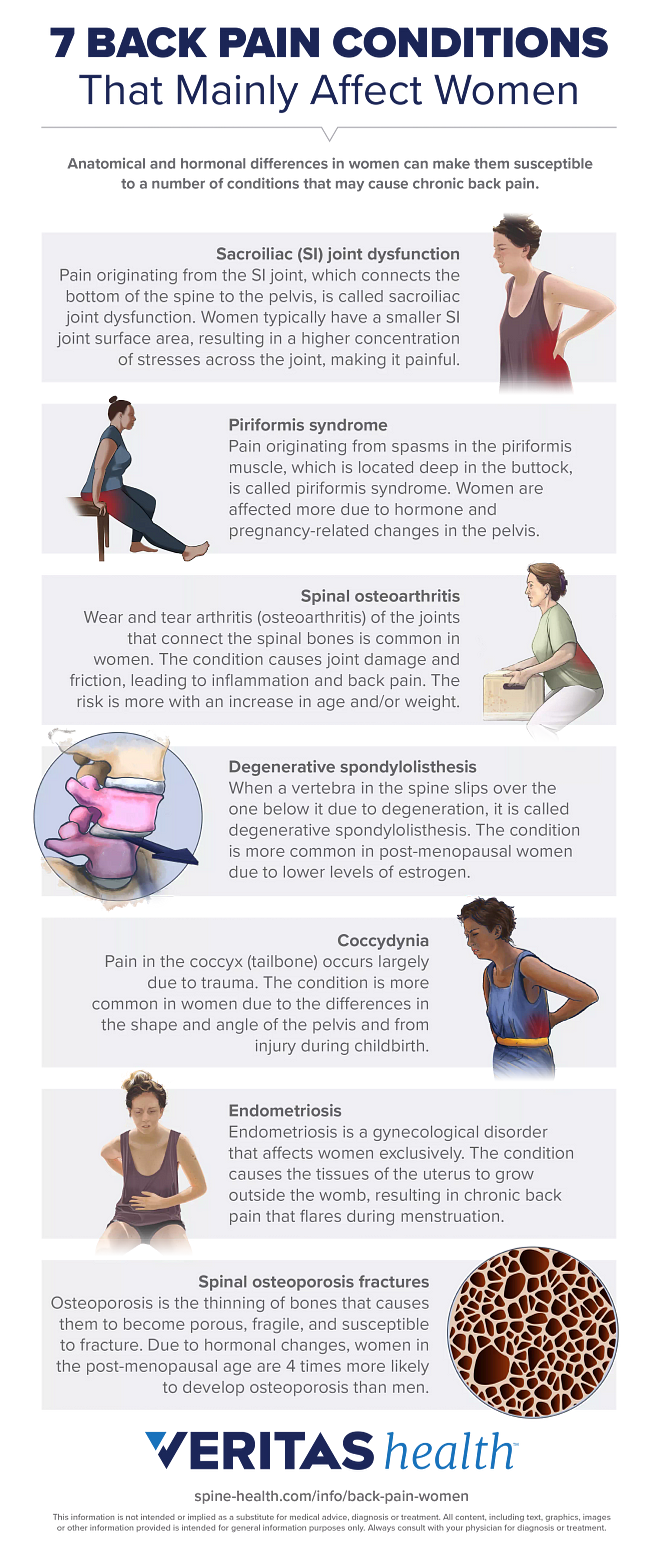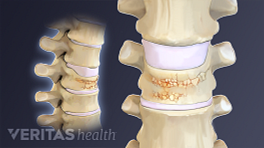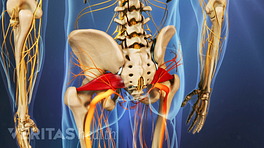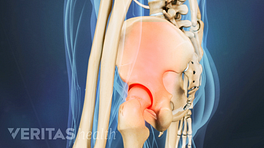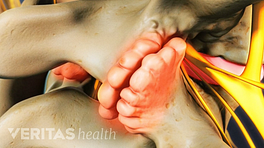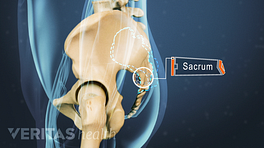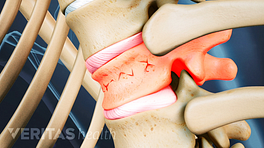Anatomical and hormonal differences in women can make them susceptible to a number of conditions that may cause chronic back pain.
- Sacroiliac (SI) joint dysfunction. Pain originating from the SI joint, which connects the bottom of the spine to the pelvis, is called sacroiliac joint dysfunction. Women typically have a smaller SI joint surface area, resulting in a higher concentration of stresses across the joint, making it painful.
- Piriformis syndrome. Pain originating from spasms in the piriformis muscle, which is located deep in the buttock, is called piriformis syndrome. Women are affected more due to hormone and pregnancy-related changes in the pelvis.
- Spinal osteoarthritis. Wear and tear arthritis (osteoarthritis) of the joints that connect the spinal bones is common in women. The condition causes joint damage and friction, leading to inflammation and back pain. The risk is more with an increase in age and/or weight.
- Degenerative spondylolisthesis. When a vertebra in the spine slips over the one below it due to degeneration, it is called degenerative spondylolisthesis. The condition is more common in post-menopausal women due to lower levels of estrogen.
- Coccydynia. Pain in the coccyx (tailbone) occurs largely due to trauma. The condition is more common in women due to the differences in the shape and angle of the pelvis and from injury during childbirth.
- Endometriosis. Endometriosis is a gynecological disorder that affects women exclusively. The condition causes the tissues of the uterus to grow outside the womb, resulting in chronic back pain that flares during menstruation.
- Spinal osteoporosis fractures. Osteoporosis is the thinning of bones that causes them to become porous, fragile, and susceptible to fracture. Due to hormonal changes, women in the post-menopausal age are 4 times more likely to develop osteoporosis than men.
This information is not intended or implied as a substitute for medical advice, diagnosis or treatment. All content, including text, graphics, images or other information provided is intended for general information purposes only. Always consult with your physician for diagnosis or treatment.
